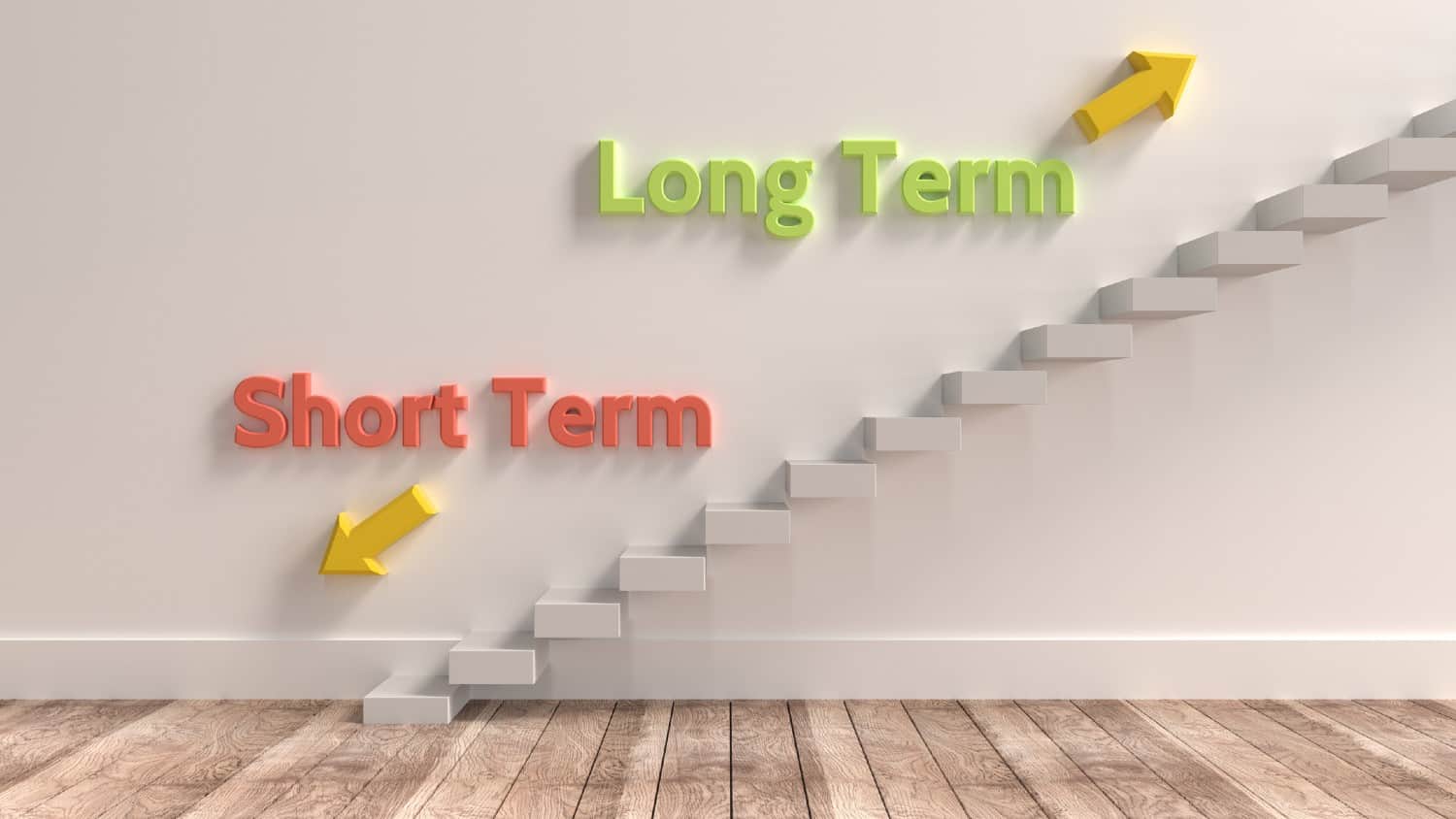Image source: Getty Images
The S&P 500 has long been the gold standard for stock market returns. This blue-chip index, which tracks the performance of the 500 largest publicly traded companies in the US, has returned just above 10% on average since its 1957 inception.
Over the last 10 years, however, the annualised return has been running slightly higher than that (around 12%). With dividends reinvested, it’s been above 13%! That’s an incredible, inflation-busting return!
This hot run of form isn’t guaranteed to continue. But if it did and the index returned 12%, then a £1,000 investment today would become £29,959 after 30 years (discounting any platform fees and currency fluctuations). That’s down to the incredible power of compounding.
So, should I invest a grand in the index this month?
Echoes of the past?
My worry here is that the S&P 500 has surged 20% this year and, at 5,751 points, is near an all-time record. This has been driven by stocks like artificial intelligence (AI) chipmaker Nvidia (up 154%).
While I wouldn’t bet against it hitting 6,000 before 2025, the index’s P/E ratio is now approaching 30, which is well above its historic average. I’m concerned about this sky-high valuation.
On top of this, I’ve just read that the S&P 500 is having it’s best year since 1997. In hindsight, we know what was lurking around the corner not long after that — a huge tech market crash!
Could the same happen to the AI stocks that have driven the market higher? We don’t know, but it does make me reluctant to invest a lump sum in the index right now.
As Mark Twain (purportedly) said: “History doesn’t repeat itself, but it does rhyme.” This can certainly be true in the stock market.
Fund management FOMO
According to the Financial Times, UBS analysts estimate that Nvidia alone accounts for 1.43% of the 2.1% year-to-date underperformance of active fund managers focused on US large-caps. In other words, those not holding the chipmaker’s shares have struggled to keep up with the S&P 500’s return this year.
The beauty about being an individual long-term stock-picker is that I can exercise patience. I’m not compelled to chase S&P 500 rallies or popular stocks.
Unloved small fry
So, this month, I’m going to continue hunting for UK small-cap stocks. Unlike the S&P 500, these market-cap minnows are still very much out of favour.
One stock that I’m considering adding to is Windward (LSE: WNWD). This is a small software firm operating an AI-powered platform that uses predictive analytics to manage risks on the high seas.
The shares are down 23% in the past month, which I imagine is linked to where the firm is based (Israel). Obviously, the wider Middle East conflict presents risks.
Stepping back though, this situation is also leading to massive headaches for shipping companies, especially around key waterways like the Red Sea and Gulf of Oman. Windward’s focus on maritime intelligence and risk management, including tools to monitor war risk zones, appears more relevant than ever today.
In H1, revenue jumped 37% year on year to $17.6m, with new commercial contracts won and losses shrinking. Its blue-chip customers already include BP, Shell, and Interpol. At 124p, I reckon the stock could outperform the S&P 500.
Credit: Source link














